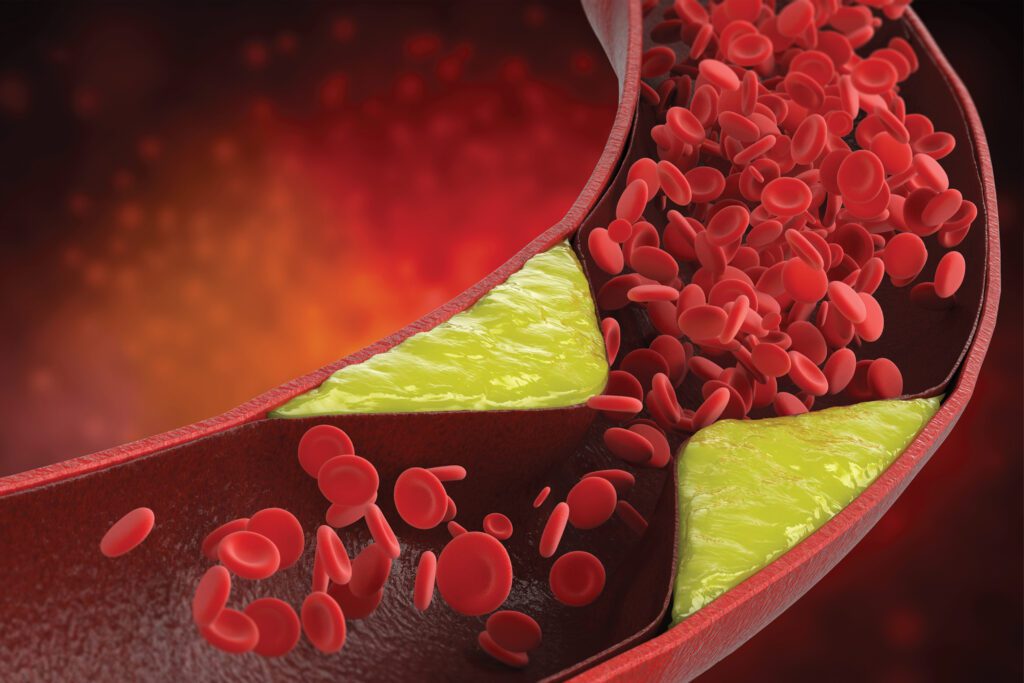Vascular Health
Learn the risks, the symptoms, and how lifestyle changes can help you avoid this painful but preventable disease.
PAD in women
Have you ever experienced pain, weakness, or cramping in your lower extremities after an activity? Maybe you were running, walking, or simply climbing the stairs. Pain and discomfort in the legs following exercise is a common symptom of peripheral artery disease (PAD), which affects an estimated 8 million Americans.

Caused by atherosclerosis, or fatty buildup (plaque) in the blood vessels and arteries that affect the arms, legs, and other parts of the body, PAD can lead to dangerous consequences like non-healing sores on the legs or feet that require amputation if not properly treated. When plaques form, they narrow the artery walls, making it difficult for the legs or other extremities to get adequate blood flow.
Who’s at Risk?
It’s reported that nearly half of all Americans have at least one risk factor for PAD, which include:
- Over age 50
- Smoking
- Diabetes
- High cholesterol
- High blood pressure
- Obesity
- Kidney disease
While certain risk factors are uncontrollable, others can be modified to decrease your likelihood of developing the disease. Smoking increases the risk of a woman developing PAD by 400%, and can cause symptoms to develop nearly 10 years earlier than they might otherwise. Diabetes or diabetes-related conditions like heart disease, nerve problems in the legs or feet, vision impairments, and obesity also exacerbate symptoms of PAD, since they can affect mobility.
Preventative recommendations to reduce your risk include: managing your weight, eating a healthy, low-fat diet, smoking cessation, and an exercise program approved by your physician.
How Is It Treated?
PAD is underdiagnosed and undertreated, so if you or a loved one is experiencing symptoms like pain, weakness, or numbness in the legs, it’s time to consult a doctor. A simple and painless ultrasound test can be performed to check your Ankle-Brachial Index (ABI). This diagnostic test compares your leg blood pressure to your arm blood pressure. If your ABI is considered abnormal, your physician will likely recommend significant lifestyle changes to address present risk factors. If lifestyle changes alone don’t reduce PAD symptoms, a procedure known as an angiogram can be performed. This non-surgical procedure widens the narrowed or blocked arteries, allowing for restored blood flow and improved circulation and mobility.


